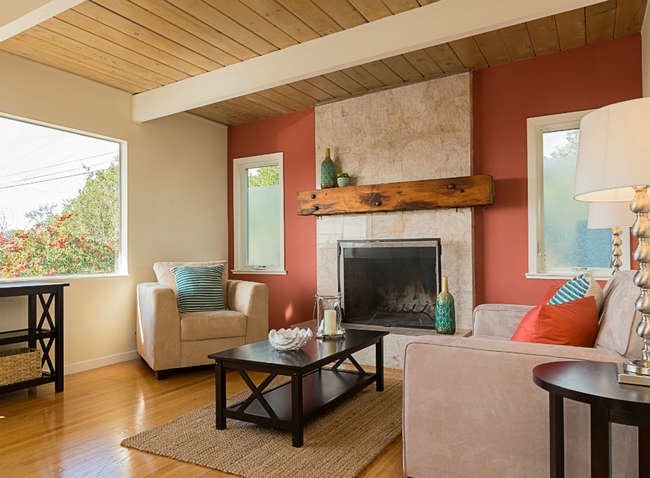

We may earn revenue from the products available on this page and participate in affiliate programs. Learn More ›
Home Advice You Can Trust
Tips, tricks & ideas for a better home and yard, delivered to your inbox daily.
By signing up you agree to our Terms of Service and Privacy Policy.
Size Up Your Space

The best practice for a cohesive space is to size your area rug so all furniture either has at least two legs on it or none at all. Measure your current seating area first to determine how large a floor covering needs to be to do so. For a smaller area, center it amidst the gathered furniture; but if you’re opting to cover up old, dated carpet, you should go larger so it runs past couch and seat legs.
How Much Traffic Does the Room Get?
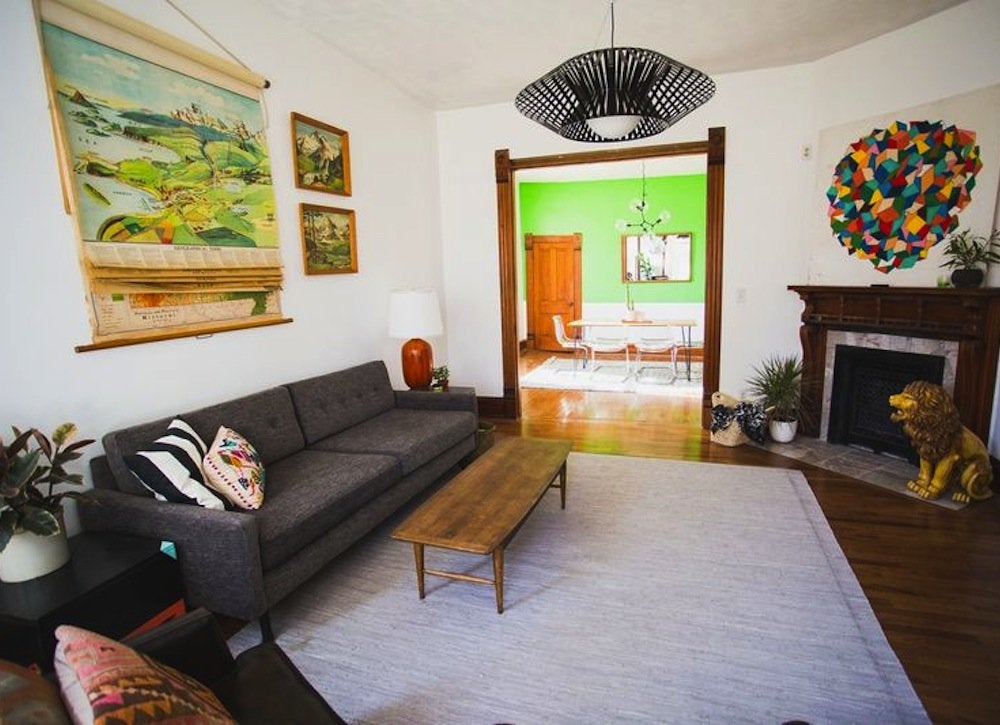
Rugs come in a variety of materials, ranging from traditional wool to bamboo. When choosing the right type of rug for your home, take into account your lifestyle and the room you’ll be using it in. Save the most decorative ones for lightly traveled zones, and choose low-maintenance, flat-weave rugs for areas of highest use.
When In Doubt, Choose Durability
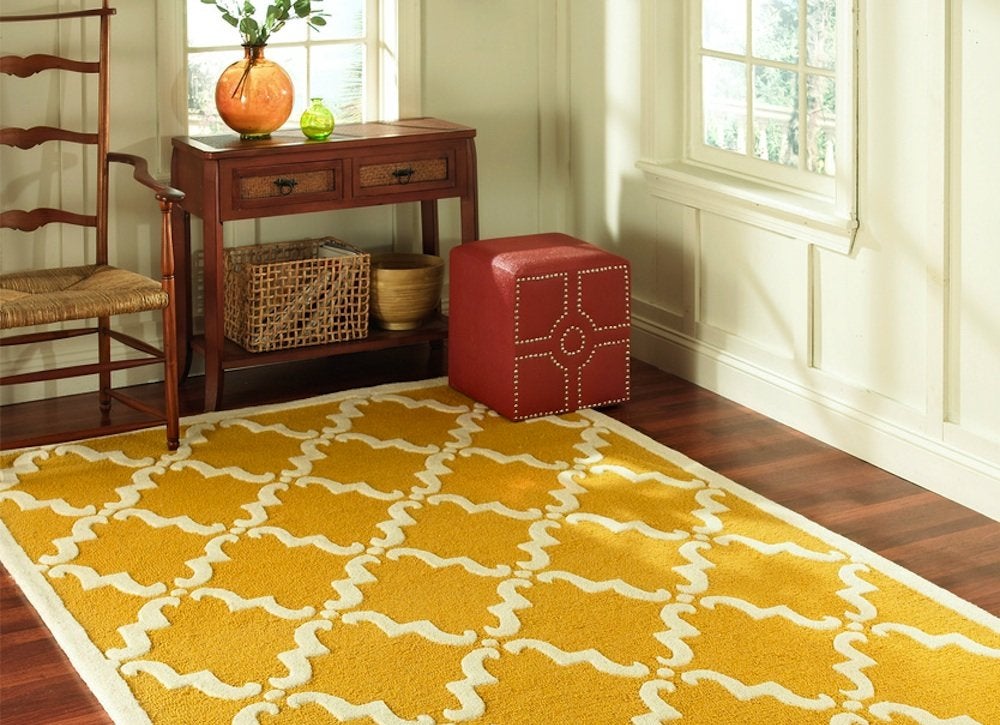
If you’re interested in a rug with a long life to justify the investment, look no further than natural rugs, particularly wool. Wool rugs are more durable than cotton, silk, or synthetic rugs. They retain dyes well, which prevents fading, and yet naturally repel water and stains.
Save Sisal for Living Spaces
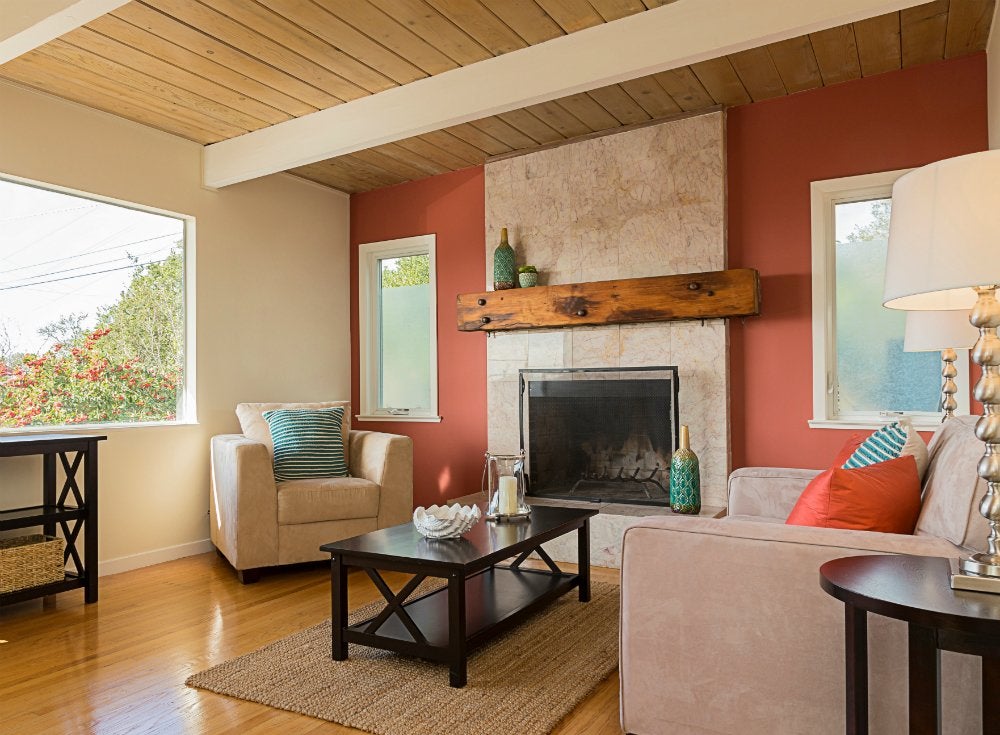
Easier on the wallet but also harder to clean when dirty, choosing a sisal rug is a tough call for homeowners. If you like its casual, beachy feel, you can bring it into your home—just avoid placing it in high traffic areas or spots prone to spillage (like a dining room or kitchen) in order to increase the lifespan. Instead, they work well in the living room or bedroom, and should be regularly taken outside to beat out any debris.
Don't Run from Runners
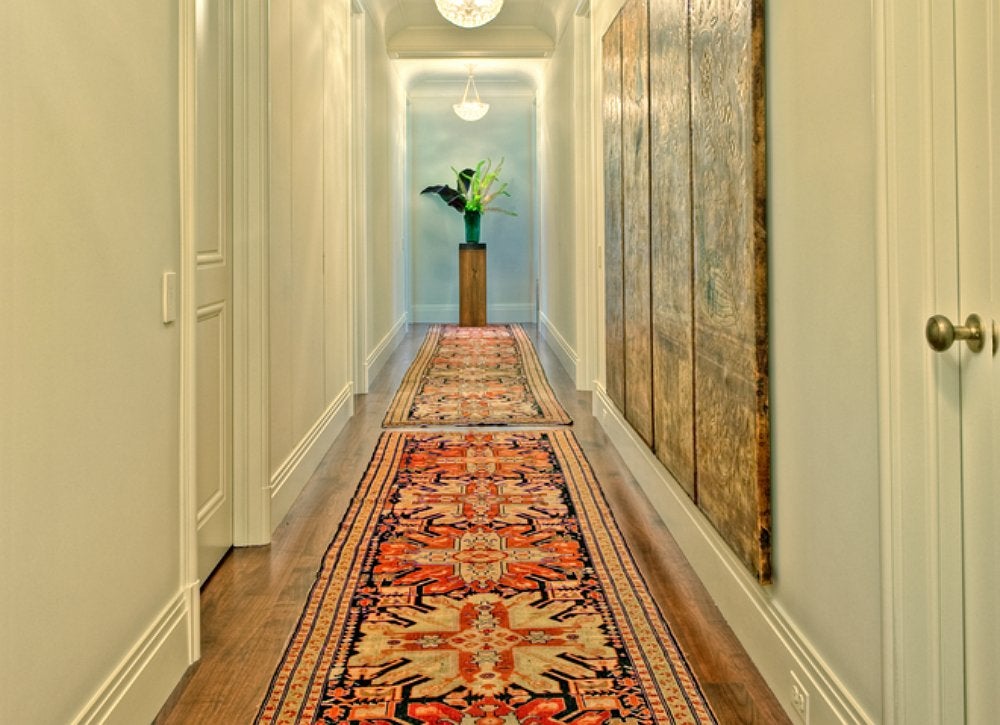
Don’t be quick to rule out a rug in the entryway because of the amount of traffic the space gets. The right runner will add warmth to your space and welcome guests to your home. Choose the material accordingly; and if you’re still concerned it might require more than a regular cleaning, get creative and station a shoe rack to signal to guests that there’s a no-shoe policy indoors.
Vacuum and Spot-Clean Regularly
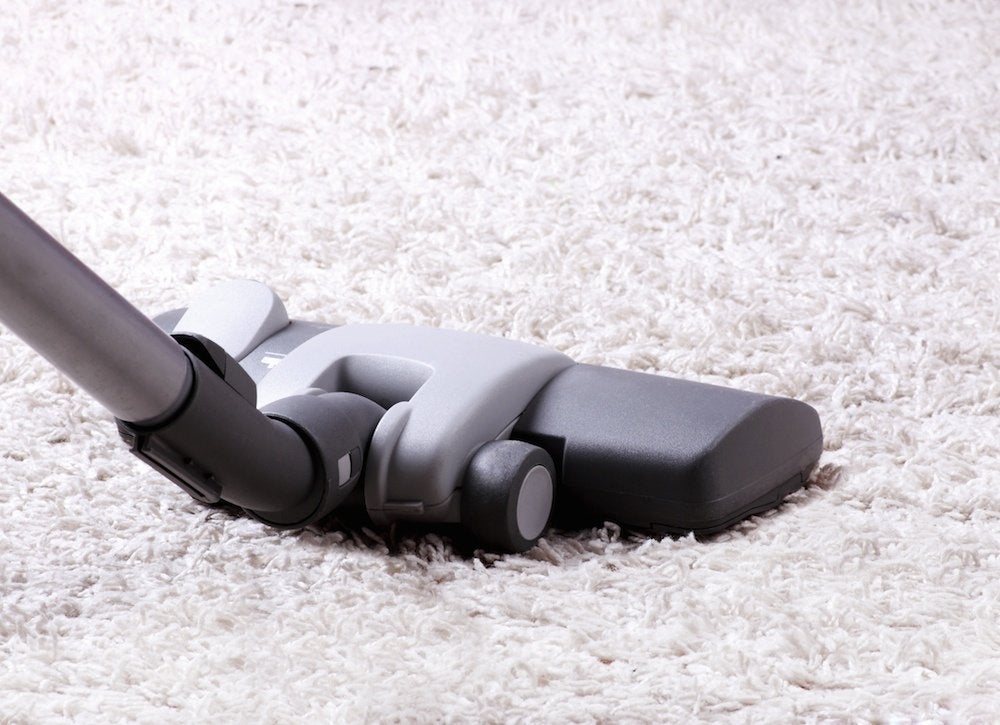
No matter what type of rug you own—with the exception of loose-pile, shaggy rugs, such as flokatis—the best way to keep it clean is by vacuuming it thoroughly on a regular basis. With wool rugs, use the floor tool; otherwise, stick to the beater brush. Blot any spills immediately and if necessary, spot-clean with soapy water.
Stress Less Over Pet Hair
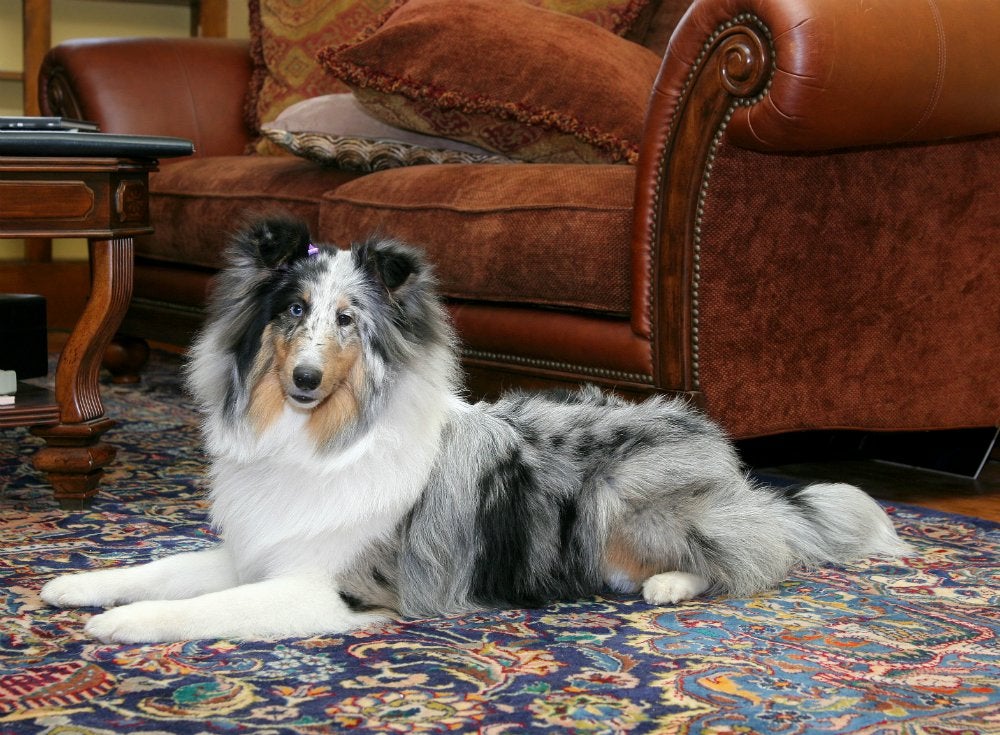
When our furry friends shed, the fur can really stick to rugs and carpet—a real pain for even the toughest of vacuums to remove. But there’s an easy trick to help: Start with a window squeegee or plastic glove to wipe up excess fur. Then, after you’ve pulled up most of it, proceed with a normal vacuuming in a zigzag pattern.
Deep-Clean, But Only When Necessary
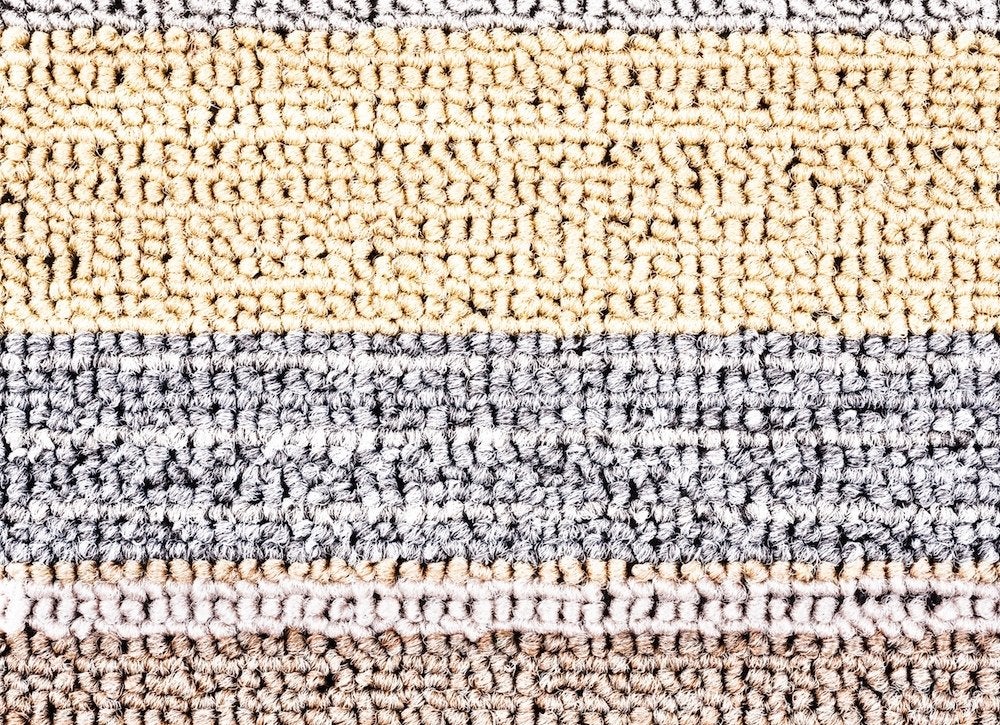
To promote their longevity, deep-clean your rugs only when they really need it—if noticeably dirty, smelly, or dusty. Generally speaking, rugs in high-traffic areas—or in homes with pets, kids, or smokers—ought to cleaned most frequently, as many as four times per year. Otherwise, you can easily go 12 to 18 months between cleanings. Check the care tags before you start, but you can dry clean most small to midsize rugs and do-it-yourself steam clean synthetic rugs; wool rugs must be professionally cleaned off-site.
Related: How To: Clean an Area Rug
Watch Out for Off-Gassing
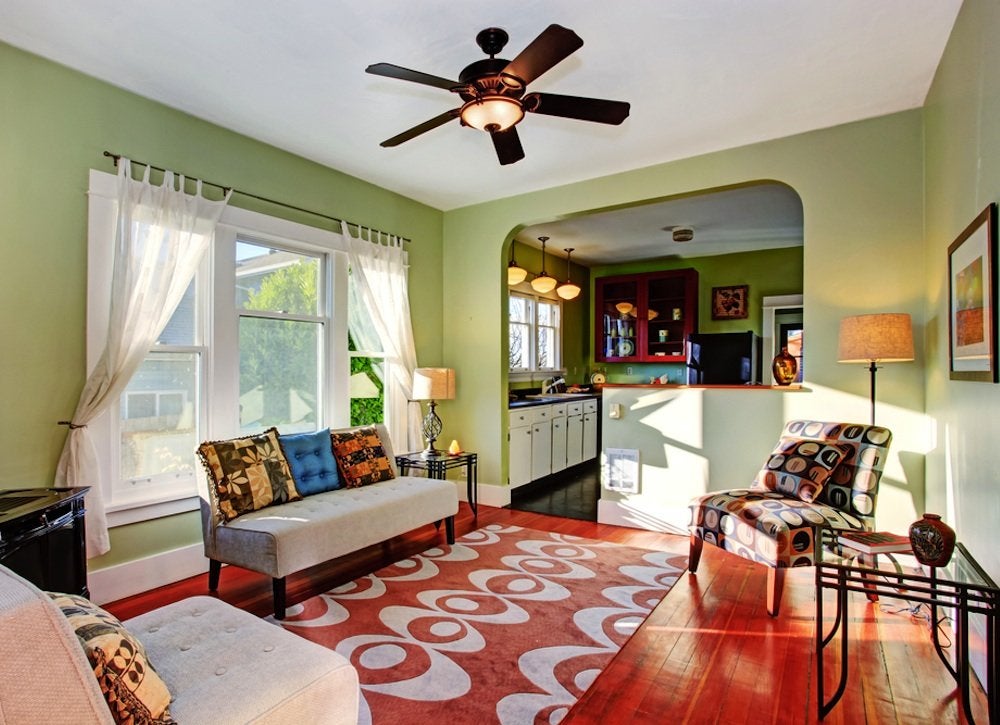
Have you ever felt dizzy or nauseous from a new paint job, furniture set—or new rug? It’s probably a reaction to off-gassing—chemicals evaporating into the air. You can minimize this effect by choosing natural fiber rugs with natural backings to decrease your exposure to toxins. If you already have a synthetic rug, try leaving it outside in the sun for a week before bringing it indoors. And once you do, open the windows and turn on a ceiling fan to ventilate the room.
Related: 10 Low-Maintenance Houseplants to Keep Indoor Air Fresh

Everything You Need for a Lush and Healthy Lawn
Keeping your grass green and your plants thriving doesn’t just take a green thumb—it starts with the right tools and supplies.